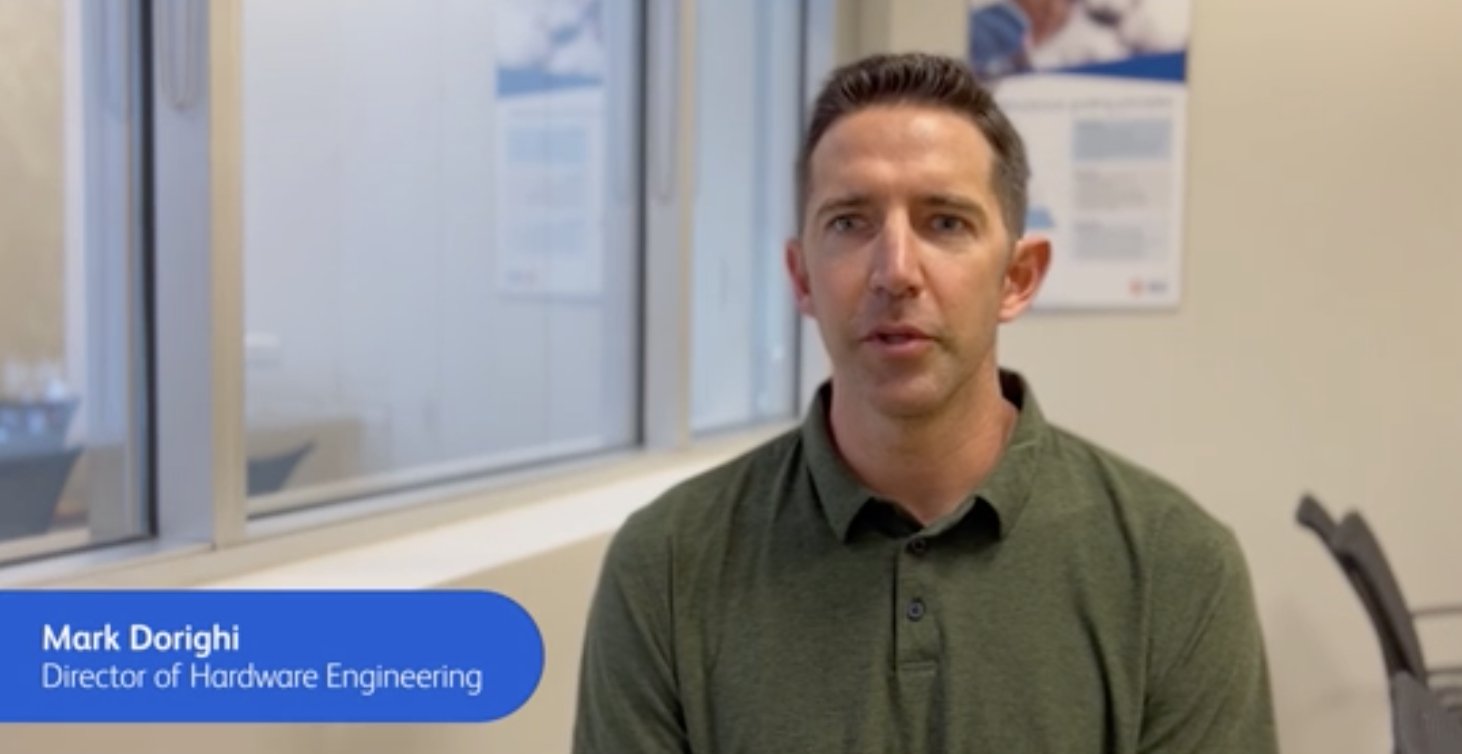
Source : BD
We’ve seen widespread adoption of 3D printing for dental, orthodontal, orthopedic and hearing needs, such as with custom hearing aids, dental crowns or breathable, robust, water-resistant casts. And 3D printing will play a bigger role in the way care is delivered in the future as new materials are developed, applications are expanded and more convenient, on-demand printing opportunities arise at the point of care and beyond. Here’s a look at how early adoption and continued advancement of 3D printing has impacted innovation for medical devices shaping care today and some opportunities to advance care into the future.
The difference of early 3D printing in product development
Most people are aware of 3D printing technology today, but what they may not realize is that the technology debuted in the 1980s, along with other key computing advances such as the World Wide Web, the first GPS satellite, the Apple Macintosh computer, Microsoft Office, the mobile phone, the Sony Walkman and even the Nintendo Game Boy.
Until that time, when a MedTech company wanted to prototype a new device, they had few options, which typically included machining or injection molding. Those time-consuming methods delayed product development projects by weeks or even months, making iterations, continuous improvement, and experimentation expensive in terms of both money and time. As 3D printing technology emerged, select tech-forward companies – including those in the automotive, aerospace, and consumer electronics industries – quickly recognized it as key to enabling rapid prototyping, a game-changer for helping engineering teams iterate new devices and get to market faster.
For BD, this technology was seen as the key to developing even more impactful solutions and helping patients faster. That’s why an enterprising team, then known as the Becton Dickinson Research Center (BDRC), advocated to bring 3D-printing capabilities in-house to support our R&D teams. The company embraced the BDRC team’s vision and invested in the technology in 1989, becoming one of the few companies to purchase an early access machine.
Working in uncharted territory
Bringing the technology to BD was a strategic “leap of faith.” In those early days, 3D-printed models offered limited functionality. Materials were brittle, sensitive to ambient light exposure and had limited accuracy. However, compared to traditional prototyping, the rapid prototyping enabled by 3D printing made it possible to obtain physical models in days, so that teams could rapidly test out ideas to improve our product concepts.
Figuring out how to best integrate this new technology into our design process meant developing new approaches, practices and skills. The computer-aided engineering (CAE) team (now called Digital Engineering) in Research Triangle Park, North Carolina, took ownership of the machine. BD hired an engineer with experience pioneering this technology in another industry. This engineer partnered with an administrative assistant who volunteered to learn to operate the printer as an opportunity for professional development. Ultimately, both associates became leaders in the 3D printing community, earning the highest honor, the Distinguished Innovator Operator (DINO) award - akin to entrance into a 3D printing hall of fame.
The continuous feedback loop support MedTech breakthroughs today
Since receiving our first machine, the expertise of BD associates and our ability to 3D print can be credited with dramatically accelerating innovation timelines and cutting through some of the production complexities that would have challenged teams in years past. It’s rare to have internal experts skilled in multiple printing technologies who can integrate with design teams to quickly provide best-in-class prototypes. It means that our engineering teams can gain quick access to a broad array of relevant options tailored for use in medical devices. Nearly immediate turnaround time for prototyping enables quick actionable feedback while saving resources that can be reinvested toward new innovation to continue advancing the world of health for people around the world. And the advantages of 3D printing now extend beyond prototyping and into voice of customer evaluations, clinical trials, and even finished products. For example, in addition to rapid prototyping, the team behind the breakthrough BD FACSDiscover™ S8 instrument for research elected to 3D print more than 100 of the component parts used to manufacture each machine.
Since those early days, we’ve continued to stay on the cutting-edge of 3D printing devices, driving advancements in both printers and materials, and applying the capabilities in new ways to improve MedTech solutions. We regularly partner with printer manufacturers on early access evaluations. Our associates are among the most skilled experts in the industry, holding leadership positions in the Additive Manufacturing Users Group for many years. Four of our associates have been named AMUG Distinguished Innovator Operators – the highest recognition in the industry. We can print incredibly accurately and quickly in an array of medical grade materials, including plastics, metals and ceramics and biologic materials.
Expanding what’s possible for personalized medicine and a better future of healthcare
In the near-term, we are excited to continue leveraging cutting-edge 3D printing techniques to further push the boundaries of what’s possible in hopes of dramatically improving the quality of care for patients around the world. As we look to the future, 3D printing can help us solve several challenges.
On our quest to make care increasingly sustainable, 3D printing can help reduce the raw materials used in making products and potentially introduce new plant-based natural materials. There are also opportunities to recycle materials and solvents.
We see a future where supply chains are less vulnerable and more efficient by printing replacement components on demand. At the same time, we are exploring how we can reduce complexity in the manufacturing process by printing one strong component, as opposed to manufacturing and then assembling multiple components. With the efficiencies and benefits gained from continuing to explore this technology, we can reinvest resources and accelerate innovation to drive even greater advances for patients and providers around the world.